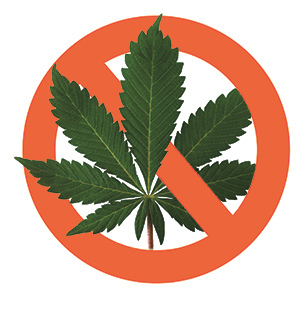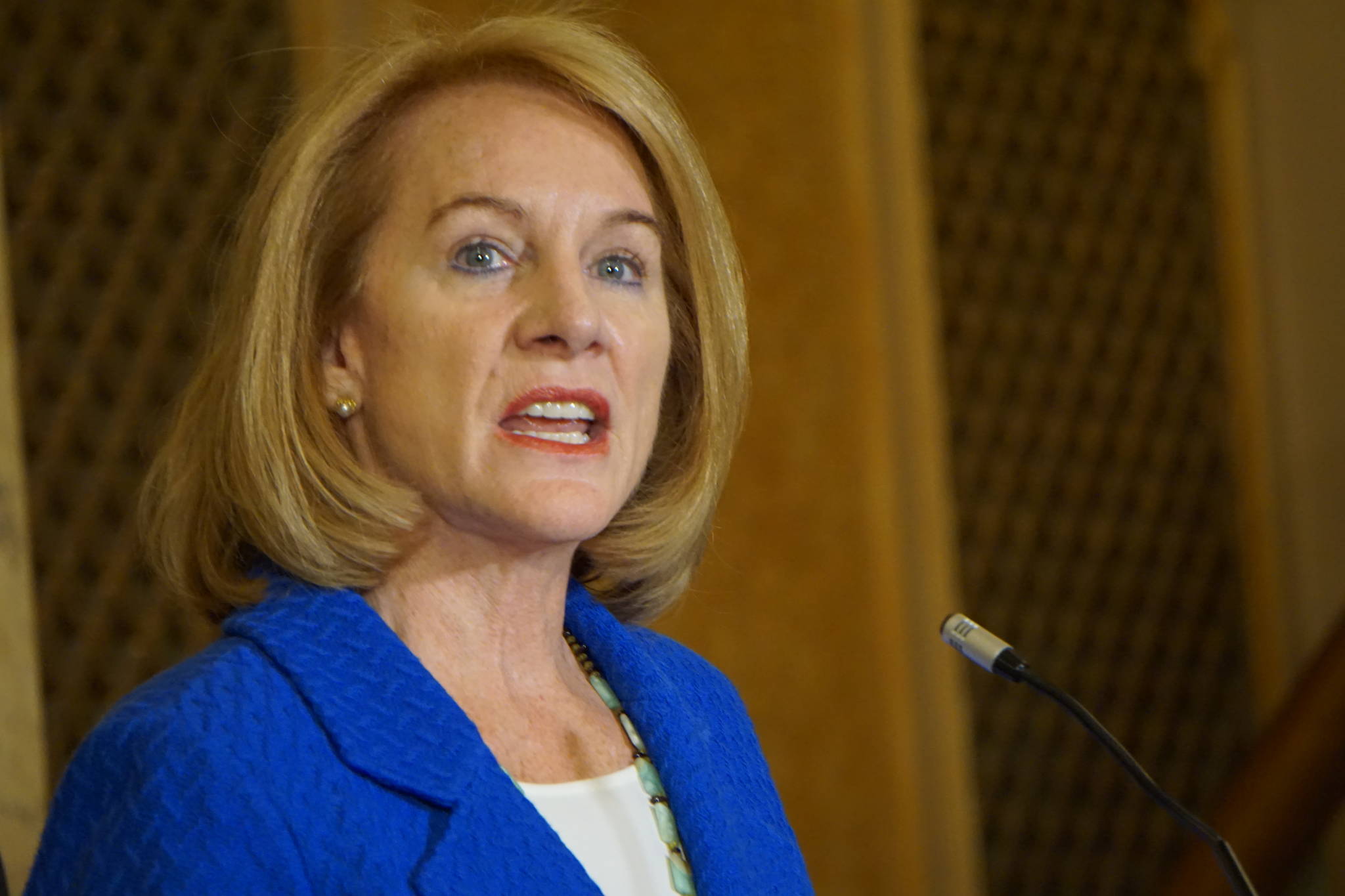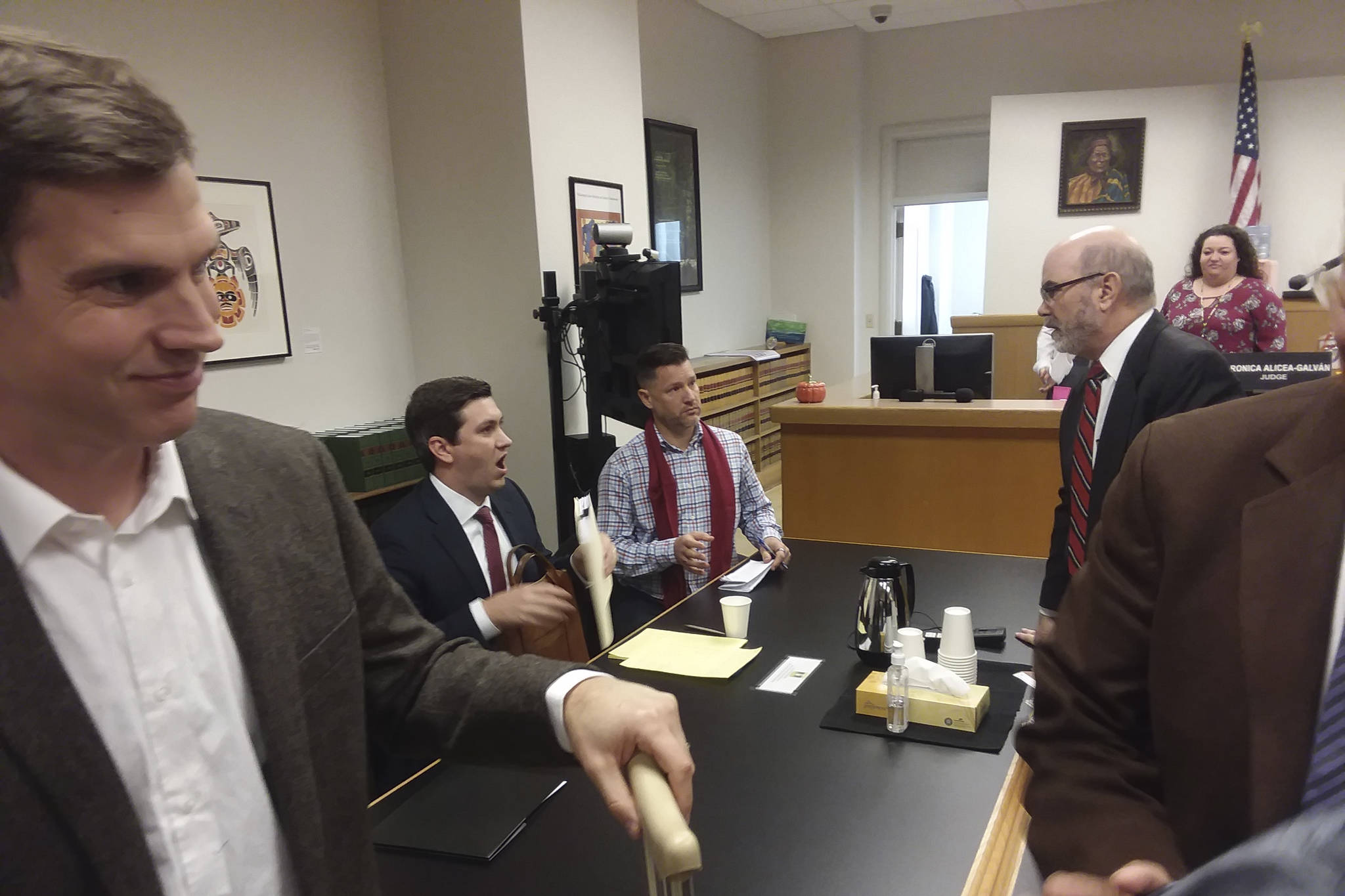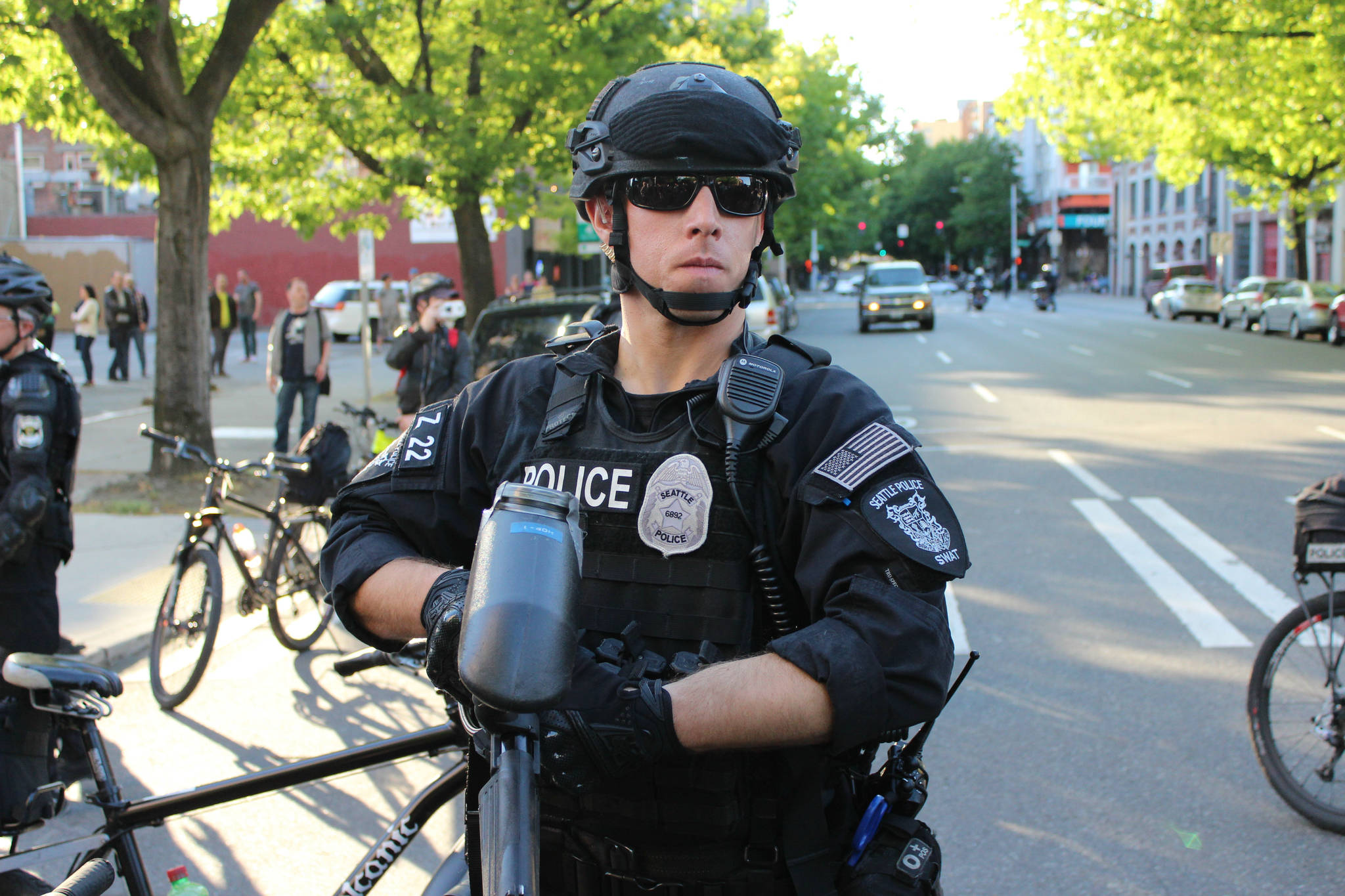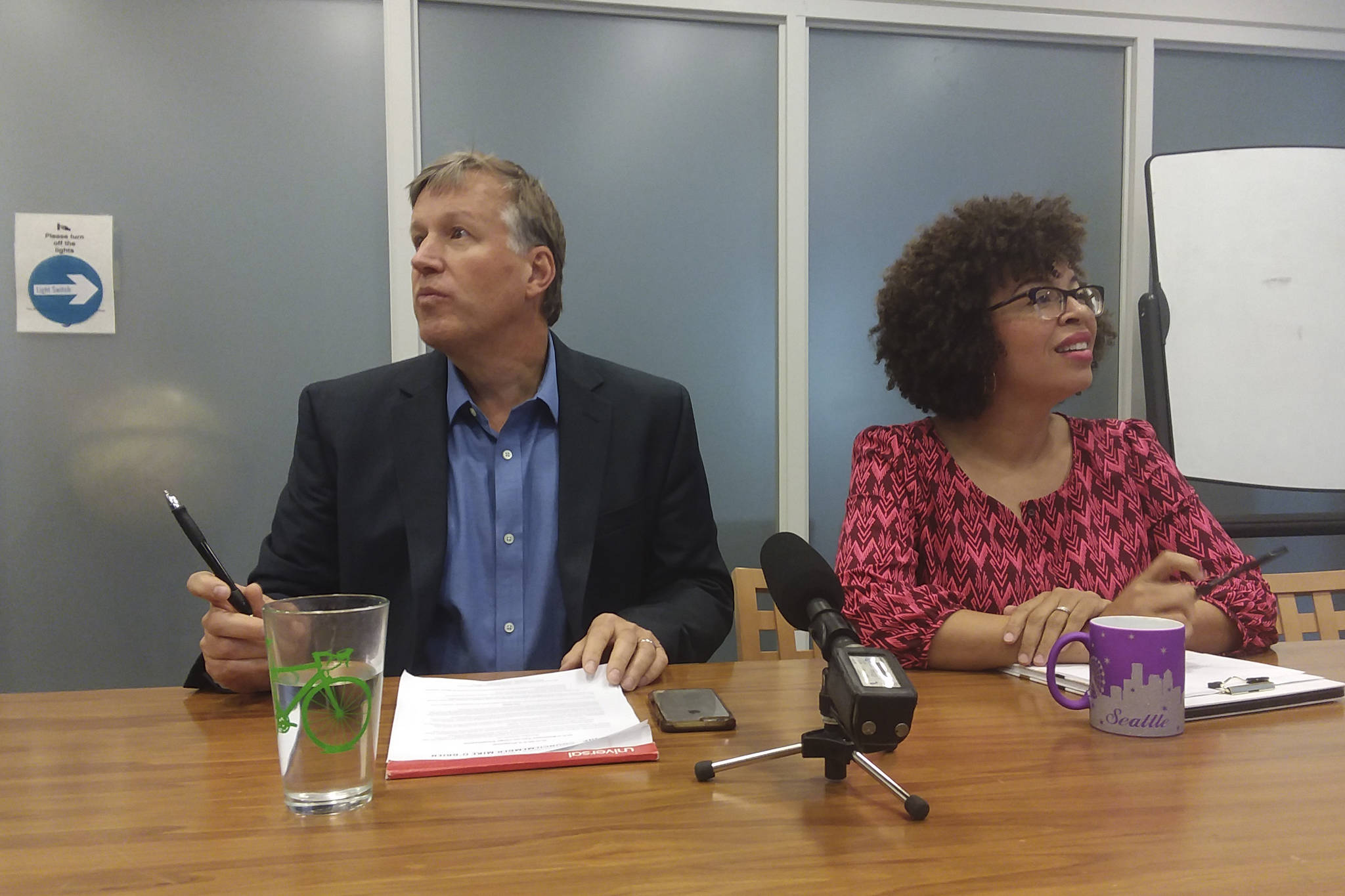Today the U.S. Drug Enforcement Administration (DEA) announced that marijuana will remain a Schedule I drug, claiming a lack of rigorous evidence to support any change. This means that in the eyes of the federal government, cannabis has a high risk for abuse and no “accepted medical use.” The silver lining: the Obama administration announced yesterday that it will dramatically increase the amount of cannabis available to researchers.
In response to a petition from former Washington Gov. Christine Gregoire (now succeeded by Jay Inslee in both the office and the petition) and others to reschedule cannabis as a less-restricted Schedule II drug, DEA administrator Chuck Rosenberg wrote, “Schedule I includes some substances that are exceptionally dangerous and some that are less dangerous (including marijuana, which is less dangerous than some substances in other schedules). That may strike some people as odd, but the criteria for inclusion in Schedule I is not relative danger.” That statement is inconsistent with the DEA’s explanation of drug scheduling on their website, which reads in part, “Schedule I drugs are the most dangerous drugs of all the drug schedules.” We’ve got a line out to the DEA for clarification.
UPDATE: Russ Baer, DEA spokesperson, says that the information on their website is inaccurate, and promises to change it. “Clearly, the statement [quoted above from their website] is not well written,” he says. “The Administrator’s comment is more accurate, when placed up against the actual legal definition and criteria of a schedule 1 substance…Marijuana was determined to meet the statutory criteria for a Scheduled I controlled substance after a comprehensive scientific and medical evaluation by the FDA.” He also says that the decision to expand the quantity and variety of federally-sanctioned research cannabis originated inside the DEA.
Along with Colorado, Washington was the first state to fully legalize cannabis in 2012. Today, half the states and the District of Columbia at least partly allow its consumption. King County councilmember and former Washington legislator Jeanne Kohl-Welles, known for her work on cannabis issues while in Olympia, calls the DEA’s decision “mind boggling” and “totally bizarre.”
“This leaves marijuana…on Schedule I,” she says. “Yet cocaine [and] opium derivatives can be prescribed. I wonder if anyone at DEA has thought of the opioid addiction epidemic, but nothing parallel or even remotely similar relating to marijuana.”
Dr. Dennis Donovan, director of the Alcohol and Drug Abuse Institute at UW, has a mixed reaction to the news. On the one hand, he’s “somewhat disappointed” by the decision not to reschedule, but he says Obama’s decision to make pot research easier could well lay the groundwork for rescheduling in the future. “Unlike other drugs, the ability to do the research…has been restricted by available marijuana that [the federal government] has made available,” he says.
“I think historically, [cannabis] probably was classified as a Schedule I drug in the absence of data supporting [that classification],” Donovan says. “In some ways, it comes out of an era when marijuana was seen as a negative social influence.” (In fact, U.S. cannabis prohibition began when whites came to associate it with Mexican immigrants in the 1910s.)
“There is potential for abuse, obviously,” says Donovan, “but if you look the kinds of things that are going on with opiates presently…that tend to transition to heroin use” and mortality, he says, “…marijuana seems not as negatively impactful as other substances.”
This article has been edited to clarify the identity of the petitioners.
